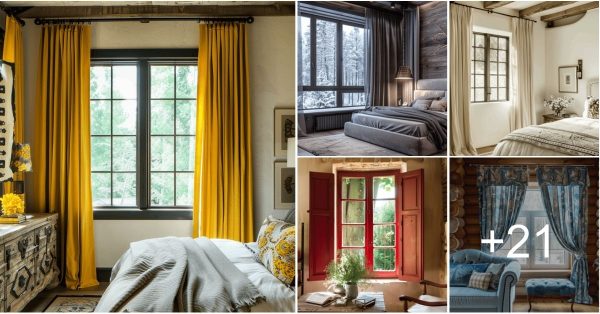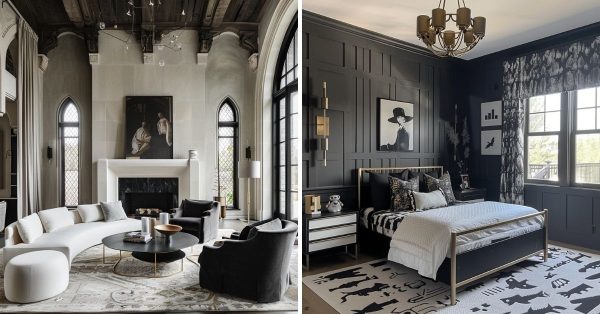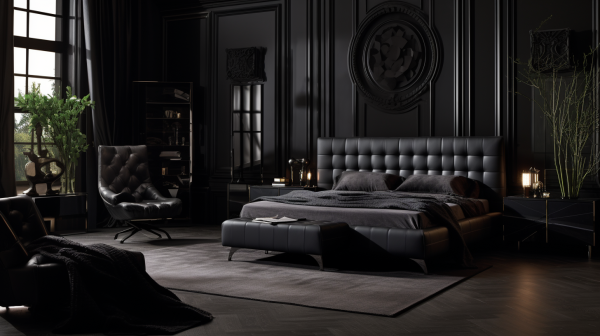- Function of room
- Color of the room (walls, furniture, etc.)
- Size of the room
Keep reading to learn how to use these three elements to determine the right color floor for your home. We'll also discuss how to incorporate color for either a small or large space and how you can stain your floors yourself.
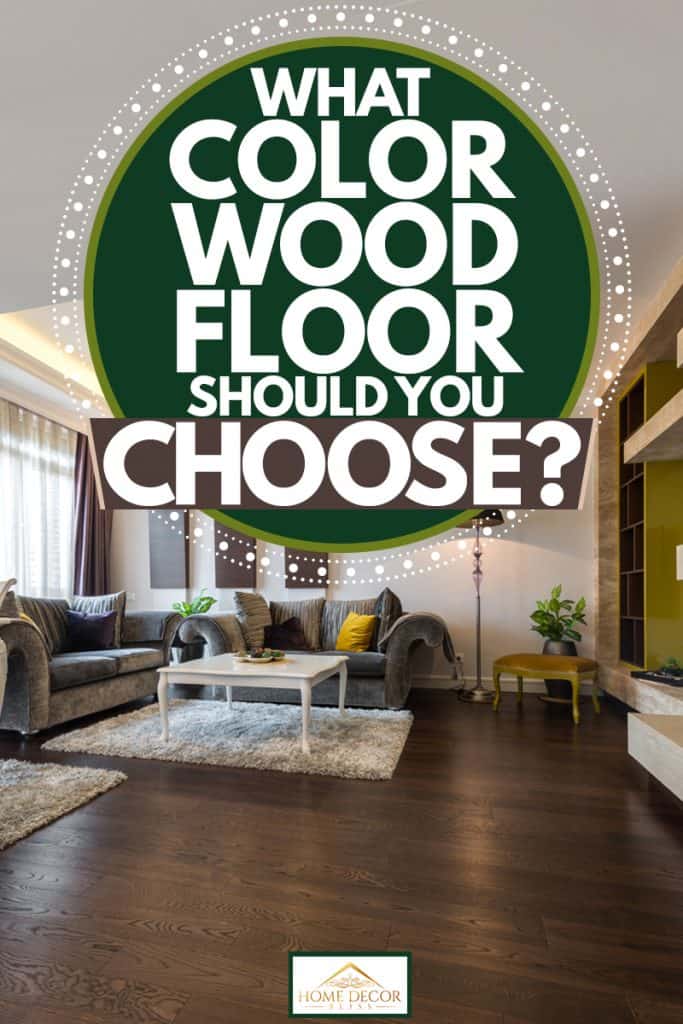
Function Of The Room
Firstly, determine exactly what the purpose or function of the room is. Is it a high traffic area? Do kids or pets spend a lot of time here? How likely are spills? These considerations can be all factored into the final color decision.
In a bedroom, typically cooler colors and calming patterns are used because it is considered a relaxing space. For this reason, an energetic, vibrant cherry wood may be overstimulating. For areas where scratches and dents will inevitably occur, avoid glossy woods and dark colors (these reveal imperfections). Natural-looking woods with an "invisible" or "bare" finish tend to blend marks best and hide any scuffs or scratches.
Dark colors go with formal spaces (though it's not exclusively a look for formal rooms). High-traffic areas where dust and dirt will quickly accumulate may be best with a gray-colored floor.
Color of the room
Take a look around the room, as it is currently decorated. You'll want to select a color for the floor that does not blend with the furniture, walls, or other major design elements too closely. Picking too much of the same color or wood patterns can actually make the room look busy and cluttered. Consider focusing on contrasting colors for increased visual interest.
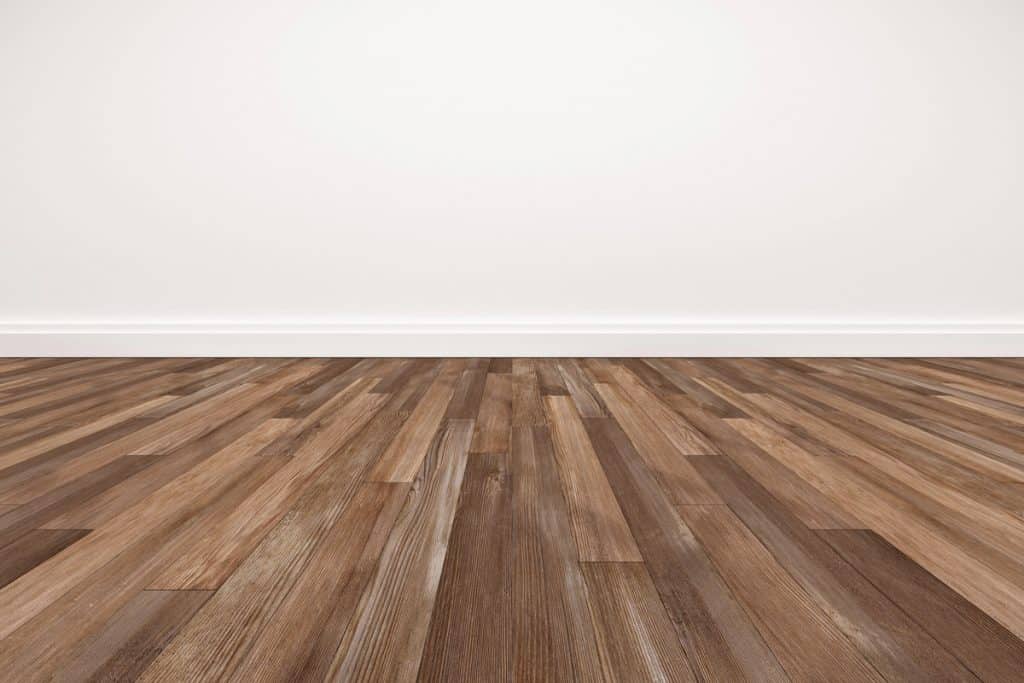
We may include affiliate links and curated AI content to highlight top design styles.
Size of the Room
There's lots of space in a large room or open floor plan to let a rich, deep floor shine. However, a dark floor may come across as constricting or gloomy in a smaller room or a room with limited natural lighting.
Refer back to the first consideration, which is contrasting with colors already in the room. In a small room with light walls and decor, a dark floor can work well. But if space is limited, unless a dark floor provides an interesting contrast, you'll want a brighter floor such as a blonde wood to open up space nicely.
What is the most classic hardwood floor color?
The most quintessentially classic hardwood floor is brown, such as an old-fashioned dark oak or pine. Most people automatically picture this when they think of a hardwood floor, partly because this was the most common hardwood flooring in homes prior to the 1940s.
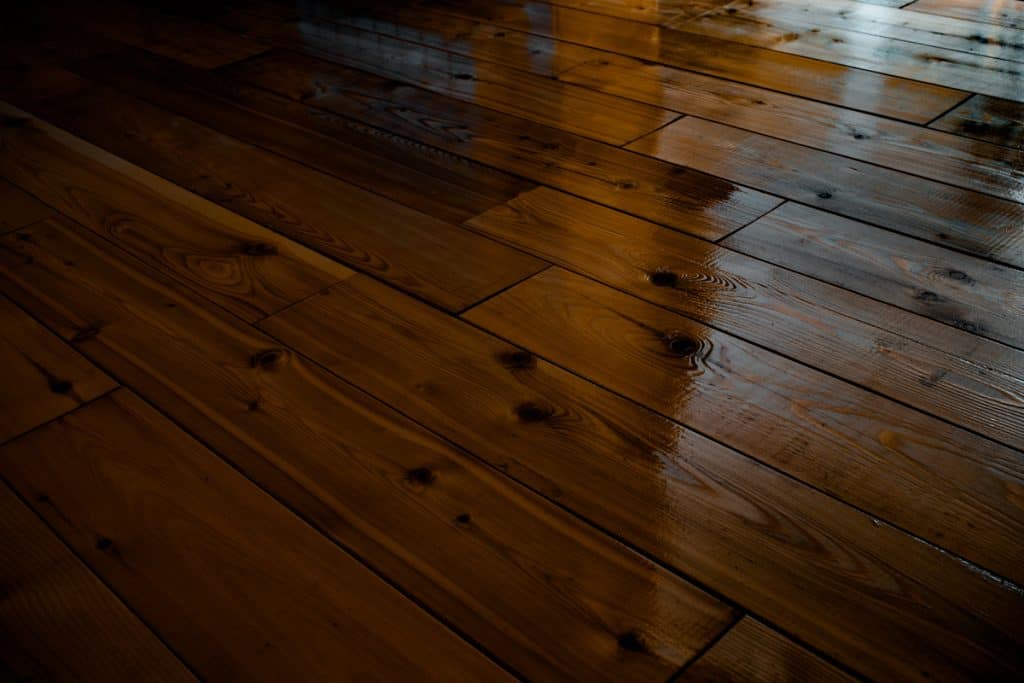
What is the most popular width of hardwood flooring?
Once upon a time, floors were only available in widths between two and three inches. By default, this is still the most common width in homes.
However, times have changed, and hardwood flooring is now available in a variety of widths. New floors are often done in wider planks, though some traditionalists may stick with the "classic" 3-inch strips. The most popular "standard" for flooring now is about 7-inches wide.
Does wide plank flooring make a room look bigger?
Small strips of flooring create a lot of seams. Many seams can create a busy sort of pattern on the floor. It's overwhelming and cluttered, and it can have the effect of making a room seem to shrink.
Wide plank flooring can be just the trick to make a room look bigger. The large planks, combined with fewer distracting seams, tend to simplify the space and open the floor.
How do you stain wood floors yourself?
While staining wood floors yourself can save a lot of money as a DIY project, be aware that it's not for a novice. Staining a floor takes skill and can be frustrating. For example, one mistake in one small area can mean redoing the entire floor.
As a result, even those with a lot of experience often leave this one to the professionals. However, if you're a brave soul ready to tackle it, the first step is to decide between oil or water-based stain and polyurethane finish.
Oil-based stain and finish
- Oil-based stain and finish take longer to dry, which can be a positive because fast drying stains tend to come out unevenly.
- Penetrates deeper.
- Won't raise the grain.
- Fewer colors are available for oil-based stain.
- The finish turns amber as it ages.
- Has a stronger smell.
- More affordable as a finish.
- A better choice for areas where you need extra durability.
This stain by General Finishes is available in 14 colors.
Click here to see General Finishes Oil Based Wood Stain (shown in Warm Cherry) on Amazon.
This polyurethane oil-based finish will complete the project with an exceptional finish.
Click here to see Varathane Premium Oil-Based Clear Floor Finish on Amazon.
Water-based stain and finish
- Both water-based stains and finishes dry faster; this can be a positive, and conversely, a negative. It can be difficult to cover a large area before it has already started to dry.
- The water-based stain will raise the wood grain.
- The stain is available in a wider variety of colors.
- Cleans up easily with soap and water.
- The finish does not smell as strongly as oil-based does.
- Water-based polyurethane dries harder than oil-based and dries clear.
- The finish is more expensive (stain is about the same cost).
- A better choice for mold or mildew prone areas.
Overall, the slow drying time and the smoother application of oil-based stains make it easier to use for a less experienced DIY'er. If you choose water-based, try this General Finishes stain, available in 18 colors.
Click here to see General Finishes Water Based Wood Stain (shown in Graystone) on Amazon.
Use the stain together with this Varathane High Traffic Formula Floor Finish.
Click here to see Varathane Waterborne Diamond Floor Finish on Amazon.
The steps to stain a wood floor:
- First, sand the floor completely. Use 120 grit sandpaper and always sand with the grain.
- Vacuum thoroughly. This is particularly important. If one tiny piece of dust is left behind, it can dry into your newly-stained floors and ruin the look.
- Run a wet mop over the floor and then allow it to dry for 30-minutes. This allows the grain to rise, subsequently allowing the floor to accept stain better.
- Dip a sponge into your stain. Work from one side of the room to the other. Add more stain and wring out the sponge frequently -you need an even, steady amount. A dripping sponge will create pooling, and a too-dry sponge will leave lighter spots. Work the stain with the grain, not against.
- Because the amount of time you allow the stain to sit will affect how dark your finished floor becomes, you'll want to be consistent when removing the excess stain. Use a rag to remove any extra stain, after allowing it 5 or 10-minutes to soak in (again, the actual length of time is less important than the time being consistent). Make sure you work quickly enough that the stain hasn't begun drying -if it has, then you'll need to work in smaller sections.
- Allow the stain to dry thoroughly. Follow the manufacturer's instructions, but let it dry for at least 24-hours.
How to Appy The Finish to wood floors:
- Apply a polyurethane coat to the dry floor, but make sure you overlap each brushstroke slightly with the previous one. Allow it to dry thoroughly again.
- Sand with 220 grit (or more) sandpaper. Clean the floor, then wipe with a sticky tack cloth.
- Repeat the polyurethane steps for a second coat. Two coats are enough to begin with, and then you can re-evaluate. You can always go further with three or four if you're not satisfied with the finished product yet.
Click here to see Stead & Fast Painters Tack Cloth, 18x36 inches on Amazon.
To conclude
Selecting the right color for your hardwood floors will depend on the function, color, and size of the room you are decorating. Dark colors can give a more formal appearance but are usually best avoided in small spaces or floors that will experience frequent scratching and marking. For making small rooms appear larger, wide plank floors and light colors are most effective. In the case of high-traffic areas where dirt accumulates quickly, gray is often the best choice.
For more reading on flooring, please try:
24 Gorgeous Kitchen Cabinet and Wood Floor Color Combinations






